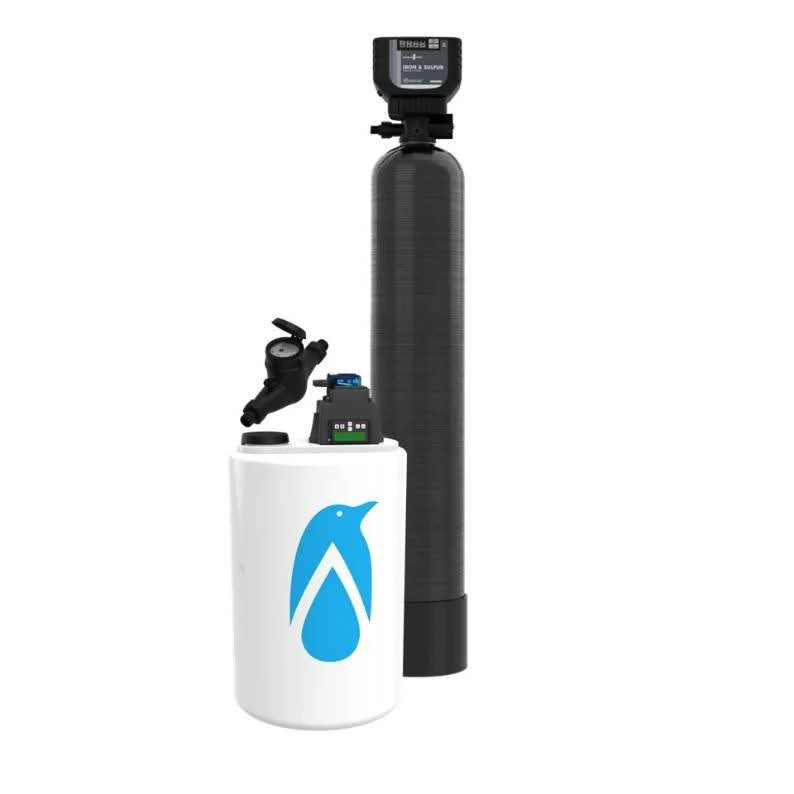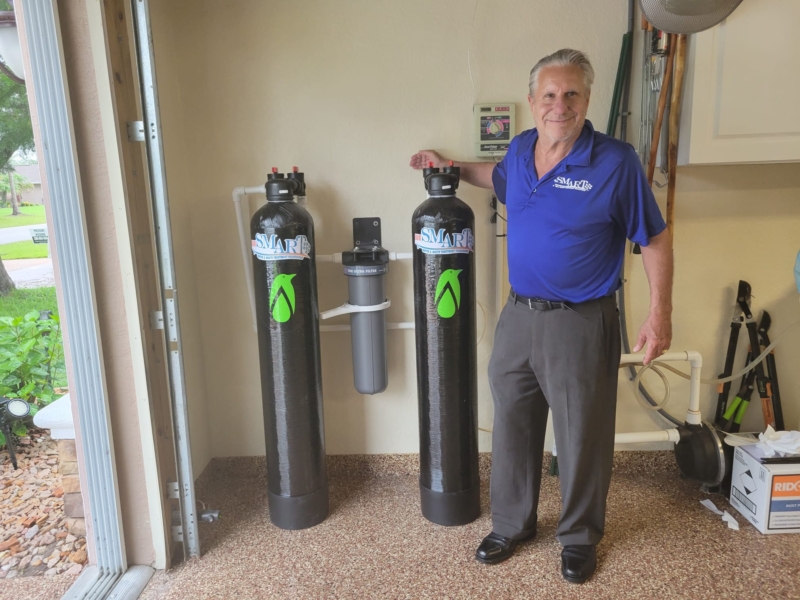When it comes to water quality, investing in treatment is a smart move for your health, appliances, and wallet. But what does the water treatment process actually cost?
The cost of a water treatment process can vary widely depending on several factors—like the size of your home, the type of contaminants in your water, and the system you choose. On average, basic filtration systems may run between $300–$1,000, while advanced reverse osmosis or whole-house systems can cost $1,000–$5,000 or more.
It’s also important to consider ongoing maintenance. Filters need replacement, and systems might require occasional servicing. These costs usually range from $100–$500 annually.
If you’re looking to make the process simple and cost-effective, working with a reliable water treatment company like SmartWater TT ensures that you get the best value for your investment. Plus, they offer free installation in the Sanford, FL area, which helps keep your upfront costs low.
Bottom line: While there’s an initial cost, clean and safe water is priceless—especially when done right with expert help.
Why Invest in Water Treatment?
Discover the Impact of Clean Water on Your Life
Water quality matters. Investing in an effective water treatment system safeguards your family’s health and enhances your daily life. Clean water not only tastes better but also makes your meals and beverages more enjoyable.
Clean Water, Healthy Life!
A reliable water treatment system is vital for your family’s health. Quality water leads to better wellbeing and enhances the taste of food and drink.
Save Money in the Long Run!
Investing in quality water treatment can prolong the life of your pipes and appliances, which helps you avoid costly repairs down the line.



